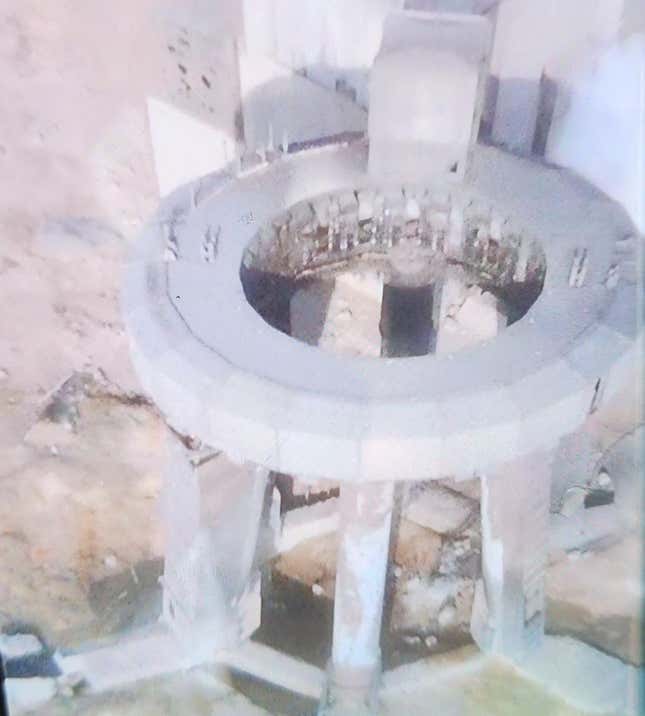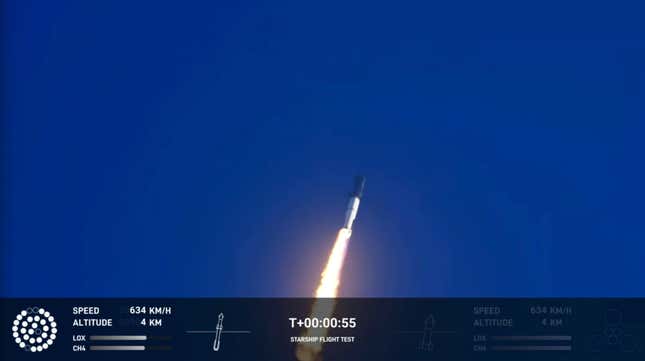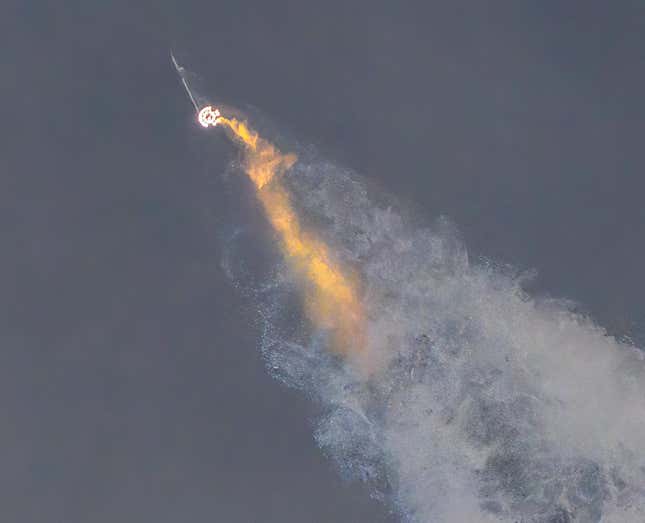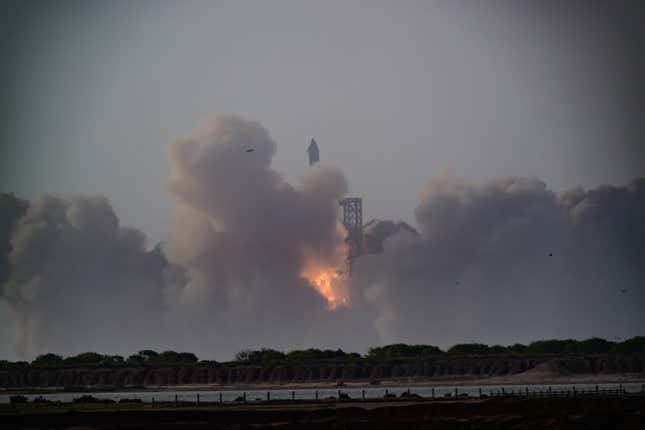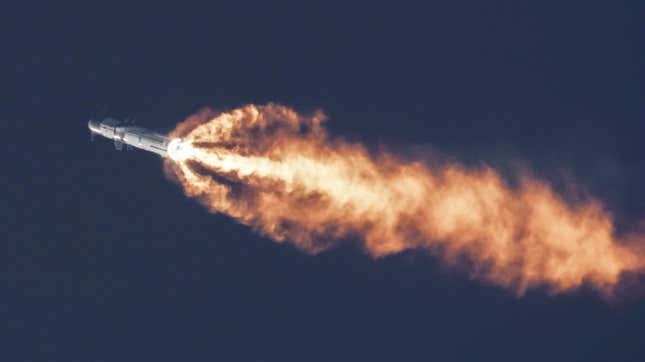
The mission lasted for just four minutes, but the fiery debut of SpaceX’s Starship resulted in stunning visuals and an abundance of new questions.
The fully integrated Starship megarocket blasted off at 9:33 a.m. ET on Thursday, April 20, from SpaceX’s launch facility in Boca Chica, Texas. The inaugural mission didn’t go as planned, with the rocket entering into a fatal tumble that forced ground controllers to issue a self-destruct command at the 3:59 mark of the mission.
Many observers greeted the failed mission with hefty doses of schadenfreude, as SpaceX CEO Elon Musk has done much lately to attract the public’s ire. The rocket did explode prematurely above the Gulf of Mexico, that is true, but this result was not wholly unexpected. It is rocket science, after all; SpaceX will learn from this mission and move on, just like it did when developing Falcon 9, currently the world’s most reliable medium-lift rocket. With that said, here are some key things we noticed during the short-lived mission.

